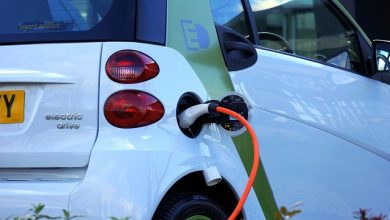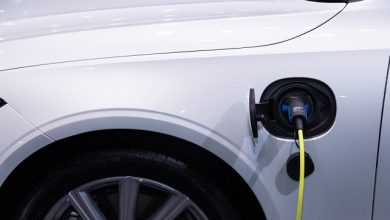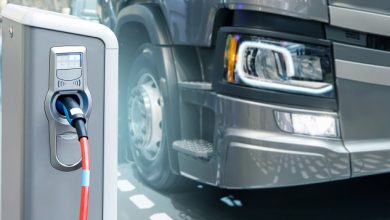Tech Frontiers in EV

The era of Electric Vehicles (EV) has begun. With growing environmental concerns and the advent of lithium batteries there have been consistent advancements in development of electric vehicles. However, the rate of EV adoption has been slow in many countries. Some of the common technology frontiers beyond which there could be an exponential rise in EV adoption are discussed.
Batteries used in EV have less energy density as compared to conventional fuel vehicles. Due to which EVs have lesser range than internal combustion engine vehicles. Although lithium ion batteries have increased power handling capacities, life and energy density of batteries in EV, to some extent. Still energy density of EV battery needs improvement and is a topic of high priority. Latest solutions under test for improving energy density include Metal Air battery, Solid state battery and modifications in chemistry and designing of lithium ion battery for improving their energy density. Metal Air batteries have their anodes made of pure metals and ambient air as their external cathode. Solid state batteries make use of solid electrolyte instead of liquid or polymer electrolyte used in current Lithium ion batteries. Apart from increasing energy density, they also improve safety and performance of batteries. Both Metal Air and Solid state batteries still suffer from challenges like durability, higher cost, efficiency etc. Hydrogen Fuel cells having very high energy density and faster refueling are also considered for EVs. However, they suffer from low efficiency and high cost which has prevented them from becoming main stream. Advances in Hydrogen fuel cells are being made such as storing hydrogen at lower pressure.
Another area of innovation in electric vehicles is reducing their cost. Batteries account for major portion of the cost of EV. Efforts are being made in finding cheaper battery technology with long life time. EVs have high initial cost however the levelized cost of EV is less over their lifetime. There is a huge potential in reducing the high upfront cost of EV by making cheaper batteries with large energy density and long life or cheaper fuel cells. Increase in life of batteries also reduces the overall cost of EV by avoiding the battery replacement cost.
One way of reducing the high initial cost of batteries is by selling EV without battery. Batteries can be leased separately or EV and battery can both be leased. It reduces concern of battery life, their maintenance and replacement among EV buyers. Also, as the battery technology is changing at a fast rate it ensures EV user can easily switch to newer battery technology. The Government of India has recently allowed sales and registration of two and three wheeler EVs without pre-fitted batteries. Battery leasing requires the battery pack design to be capable of implementing leasing. Although most of the EV manufacturers sell EV with battery, some have gone the path of battery leasing and have managed to top the EV sales chart.
Another way of handling the range anxiety of EV is by bringing innovation in EV charging and improving EV charging infrastructure. Public charging stations are required for faster adoption of EV, but in many countries EV charging infrastructure is very poor. Residents living in compact urban areas may not have possibility of charging from home and rely on public charging infrastructure. Peer to Peer (P2P) EV charging station are also considered for improving charging infrastructure, wherein private charger owners make their charger available for public use at suitable rate. It helps in improving utilization of private chargers. and also creates energy trading opportunity for individuals who have excess generation like solar.
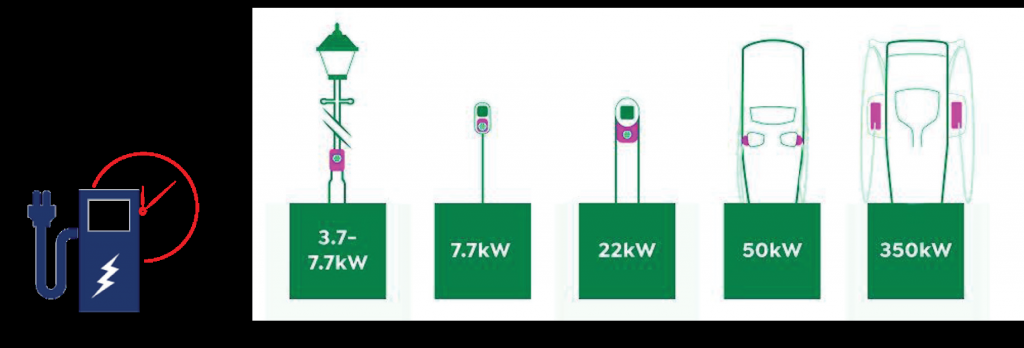
Increase in EV charging demand will put stress on the grid, and there will be need of updating grid infrastructure. Charger should be designed such that it minimizes the charging peak demand on the grid. Also, there is issue of incompatible chargers which also needs to be taken care of. As different vehicles have different battery voltages and type of connectors. The issue of insufficient charging infrastructure and relatively long charging time could also be tackled to some extent with efficient scheduling of EV charging. While implementing EV charge scheduling special attention needs to be given to demand and constraints of customer. Also, there is constraint over the capacity of electrical grid and availability of charging station. Further, EVs should be charged from renewable energy source to make them more greener. This is being achieved with a collaboration between EVs and Smart grid. Modern smart grids will be capable of incorporating advanced equipment and process large data. Artificial intelligence can be used for coordinating EV charging using the data available from grid and EV. Optimal management of EV charging stations will ensure better availability of chargers and reduce stress on grid infrastructure as well and make EVs more greener.

Improving charging techniques like wireless charging can reduce the number of refuel breaks needed by EV. Need of frequent charging has been one of the hurdles for EV. Dynamic wireless Charging systems (DWCS) which charges the EV even while in motion needs to be developed on commercial scale. Some of the wireless charger manufacturers are claiming to have achieved 94% efficiency. However, cost of wireless chargers is much higher than equivalent plugin charger and EVs capable of wireless charging are also rarely available. Research is being made to develop dynamic wireless charging technology capable of allowing data transfer between road and vehicles for assisting autonomous driving.
The charging time of EV needs to be reduced for faster adoption of EV. Users expect refueling experience similar to fuel engine vehicles of refueling within few minutes. Fast chargers of around 350kW have been developed. However, they reduce life of current lithium batteries and are much costlier than existing slower counterparts. Fast chargers need to be made cheaper and easily available. Power handling capacity of batteries also needs to be improved for charging faster without degradation in their life time. For meeting need of large scale rapid charging infrastructure manufactures are designing systems and parts for EV like liquid cooled charging inlet and couplers designed to dissipate waste heat from fast charging. Battery swapping is also considered as a means of reducing charging time wherein charged battery replaces discharged ones. However, it limits the flexibility of EV design and requires standardization. Nevertheless, it can be implemented as an intermediary step in transition towards EV.

Implementing AI with EV opens number of avenues for advancement such as estimating remaining range in EV. Route optimization for maximum range of EV. EV being in a nascent stage lacks easy availability of expert service personnel and spare parts for maintenance. Predictive and preventive maintenance for increasing their reliability can be improved by using AI. One of the key applications of AI is Autonomous driving. Major EV manufacturers have invested heavily in developing Autonomous driving. EV software solution for enhancing safety, connectivity and infotainment will always be an area of development. A widespread adoption and deployment of 5G network is expected which will enable better implementation of Autonomous driving. The low-latency and high-speed connectivity of 5G will be harnessed by EV software developer to make extremely safe and autonomous driving really possible. Big players in EV sector are already engaged in developing autonomous driving vehicles. Partnerships are being made between manufacturing companies for faster rollout of autonomous driving vehicles.
Implementing Vehicle to Grid (V2G) can help in reducing ownership cost of Electric vehicles and providing support to the grid at the same time. In V2G, EV supplies stored energy to grid during peak demand to reduce stress on the grid and consumes excess generation. It is often found that on average cars are parked 90% of the day, this time can be used for implementing V2G. This enables EV to receive discount on charging cost and is some cases even earn from providing grid services, thereby reducing their ownership cost. Electric vehicles and their chargers capable of implementing energy management needs to be developed on commercial scale. There have been few implementations of V2G which are mostly under testing phase in some countries.
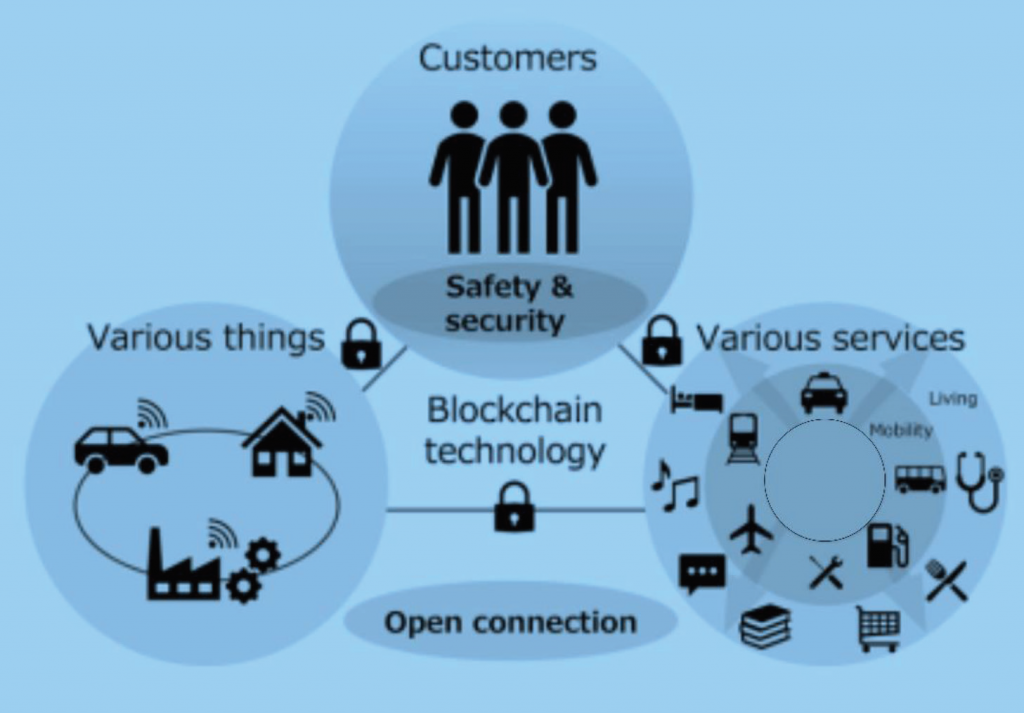
Electric planes and electric watercrafts are also being developed by few startups. Electric planes capable of short hauls have been developed but their commercialization is still remaining. Electric planes will need highly durable and reliable EV charging components and high energy density batteries.
Powered by digitization a rise in connected and shared mobility is expected in the future of mobility sector. Managing financial aspect of EV while implementing EV related services like battery leasing, battery swapping will need collaboration between diverse organizations. Implementing energy trading services like V2G and other P2P application in EV requires trust, transparency, privacy and governance between the stake holders. This can be achieved by incorporating upcoming digital technologies like Blockchain and augmented intelligence. Blockchain offers a trust layer in the form of distributed ledger. Being highly secure, transparent and immutable in nature blockchain enables parties to interact with each other without need of central authority.
Author:
Dr. Rashi Gupta, fondly known as “Batterywali of India”, is the pioneer of manufacturing of Advanced Lithium Batteries in India alongwith the “World’s Smartest Lithium Battery”. She is the Founder & Managing Director of Vision Mechatronics Private Ltd, leading it towards a name to reckon for in the field of Robotics, Renewable Energy & Energy Storage. A Women Entrepreneur who has been fearless & ferocious in creating a brand for herself & the company in these male dominated fields.
Published in Telematics Wire


